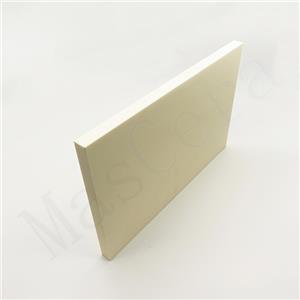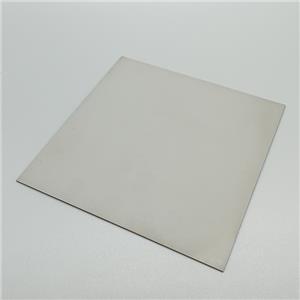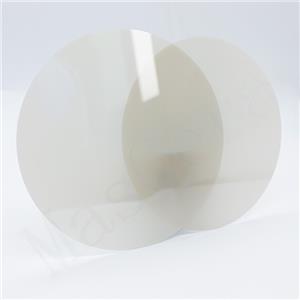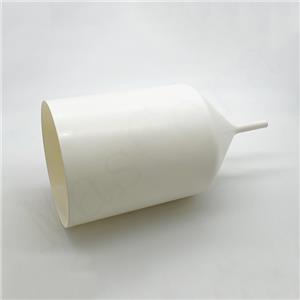Ceramic Substrate Series: Introduction to Laser Polishing Processing Technology
1、Advantages of Ceramic Substrates
Compared to metals, metal-based composites, and resin substrates, ceramic substrates have excellent thermal conductivity,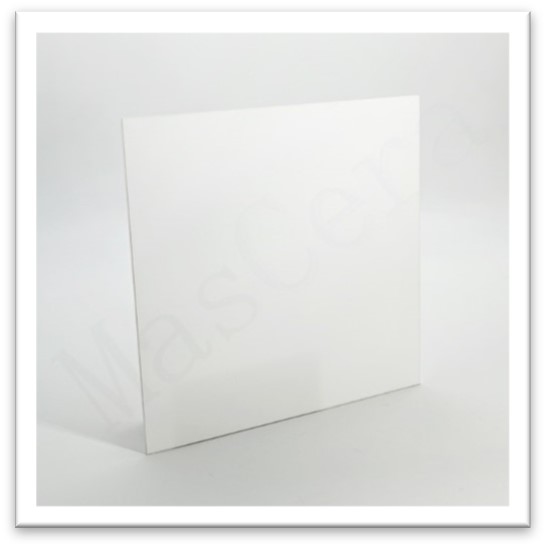 electrical insulation, gas tightness, mechanical properties, and dielectric properties. They are widely used in high-tech fields such as integrated circuits, high-power semiconductor devices, communication electronics, LED industry, lithium batteries, chips, aerospace, and national defense industries.
electrical insulation, gas tightness, mechanical properties, and dielectric properties. They are widely used in high-tech fields such as integrated circuits, high-power semiconductor devices, communication electronics, LED industry, lithium batteries, chips, aerospace, and national defense industries.
2、First Half of Ceramic Substrate Manufacturing Process
The industrial chain of ceramic substrates is relatively long, including basic processes such as pressing, sintering, and surface processing, with each step being crucial. In the first half of the production process, techniques such as tape casting and debinding sintering have extremely high technical content. However, the products obtained (commonly referred to as green sheets) cannot be used directly and require subsequent processing such as polishing and metallization.
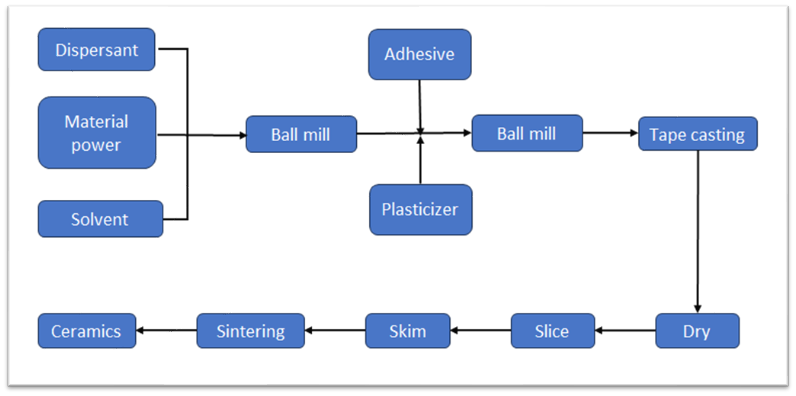
3、Laser Polishing Technology and Its Applications
As manufacturing enters a new development period, the application of ceramic substrates is becoming increasingly widespread, with higher requirements for surface roughness and flatness. The rapid development of laser polishing technology provides a new approach for intelligent and efficient polishing processing of ceramic substrates.
Laser polishing technology is a highly promising industrial polishing technology, characterized by pollution-free, wide application, stable polishing quality, and easy automation. Its principle involves laser-induced melting or vaporization of the material surface, driving the flow of molten metal under capillary or thermal capillary action, thereby filling the peaks and valleys to achieve a smooth surface.
Laser polishing technology can be applied to polish various types of materials such as metals, glass, and ceramics. Compared to traditional polishing techniques, laser polishing has inherent advantages in industrial applications and finds wide application in aerospace, automotive, molds, medical equipment, optics, and semiconductor manufacturing.
4、Common Ceramic Substrate Polishing Techniques
The common ceramic substrate polishing techniques include:
(1) Chemical Mechanical Polishing (CMP)
A method that utilizes the combined effect of polishing solution corrosion and mechanical removal, where the powder is softer than the mechanical properties of the workpiece, allowing for solid-phase reactions with the workpiece during sliding motion, resulting in material removal.
(2) Ultrasonic Vibration Assisted Abrasive Flow Polishing
This method involves placing the workpiece in an abrasive suspension and subjecting it to ultrasonic vibration, which causes abrasive particles to impact and polish the workpiece surface, achieving polishing by micro-cutting of the protrusions on the surface.
(3) Electrophoretic Polishing
A non-contact and non-destructive polishing method applying electrophoresis phenomenon to ceramic workpieces. Through continuous collision and micro-cutting caused by particle collision, the ceramic surface undergoes micro-fatigue and fine plowing.
(4) Electrolytic Polishing
Also known as electrochemical polishing, this method uses the workpiece as the anode and an insoluble metal as the cathode, under appropriate electrolyte and current density conditions, gradually smoothing the surface of the workpiece, thereby increasing its brightness.
5、Polishing of Ceramic Substrates with Different Materials
Ceramic substrates mainly include alumina (Al2O3), silicon nitride (Si3N4), and aluminum nitride (AlN). Due to the high hardness, brittleness, susceptibility to cracking, and difficulty in surface processing of ceramic substrates, the performance and structure of different ceramic materials vary. Therefore, selecting appropriate polishing techniques is essential to achieve significant processing effects.
(1) Al2O3 Ceramic Substrate Polishing
Al2O3 ceramic substrates exhibit high mechanical strength, hardness, high temperature resistance, corrosion resistance, high light transmittance, chemical stability, and high thermal shock resistance. They are currently the most widely used ceramic materials in the field of electronic technology.
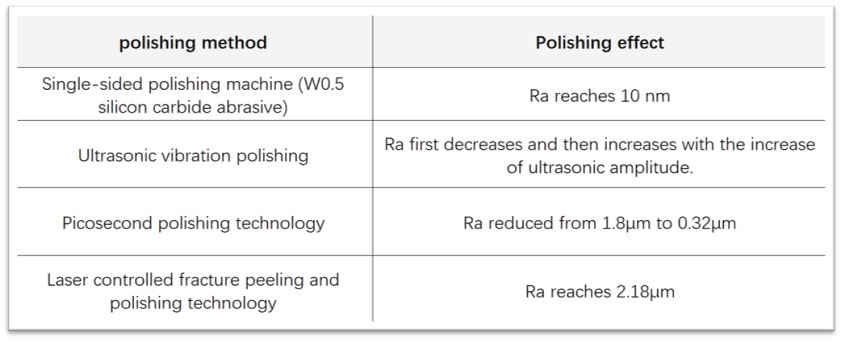
(2) Si3N4 Ceramic Substrate Polishing
Si3N4 ceramic substrates are non-toxic, have low dielectric constant, high mechanical strength, high fracture toughness, high temperature resistance, corrosion resistance, and strong impact resistance. They find wide applications in automotive shock absorbers, engines, automotive IGBTs, transportation, aerospace, and other fields. CMP is the main polishing method for Si3N4 ceramic substrates.
(3) AlN Ceramic Substrate Polishing
AlN ceramic substrates, as high thermal conductivity ceramic materials, have a thermal conductivity of 150W·m−1·K−1 to 230W·m−1·K−1, which is more than 8 times that of Al2O3 ceramics. With excellent heat dissipation performance, corrosion resistance, low dielectric constant, low dielectric loss, and non-toxicity, AlN ceramic substrates can meet the heat dissipation requirements of large-scale integrated circuits, making them ideal materials for replacing Al2O3, SiC, and BeO ceramic substrates in the electronics industry.

As the substrate material for integrated circuits and copper-clad laminates, the surface quality of ceramic substrates directly affects the service life and reliability of backend devices. With the development of device integration, miniaturization, and high reliability, the future requirements for the surface quality of ceramic substrates will become increasingly stringent. The application of ceramic substrate processing technologies will undoubtedly face more and more challenges.
XIAMEN MASCERA TECHNOLOGY CO., LTD. is a reputable and reliable supplier specializing in manufacturing and sales of technical ceramic parts. We provide custom production and high precision machining for a wide series of high performance ceramic materials including alumina ceramic, zirconia ceramic, silicon nitride, silicon carbide, boron nitride, aluminum nitride and machinable glass ceramic. Currently, our ceramic parts can be found in many industries like mechanical, chemical, medical, semiconductor, vehicle, electronic, metallurgy etc. Our mission is to provide the best quality ceramic parts for global users and it is a big pleasure to see our ceramic parts work efficiently in customers' specific applications. We can cooperate on both prototype and mass production, welcome to contact us if you have demands.

